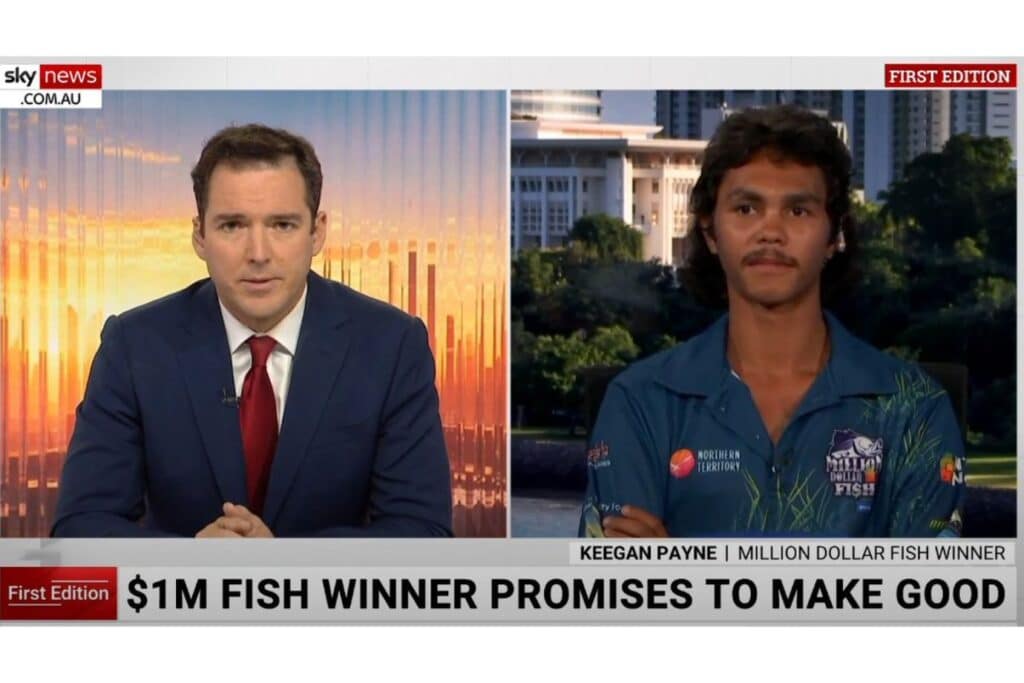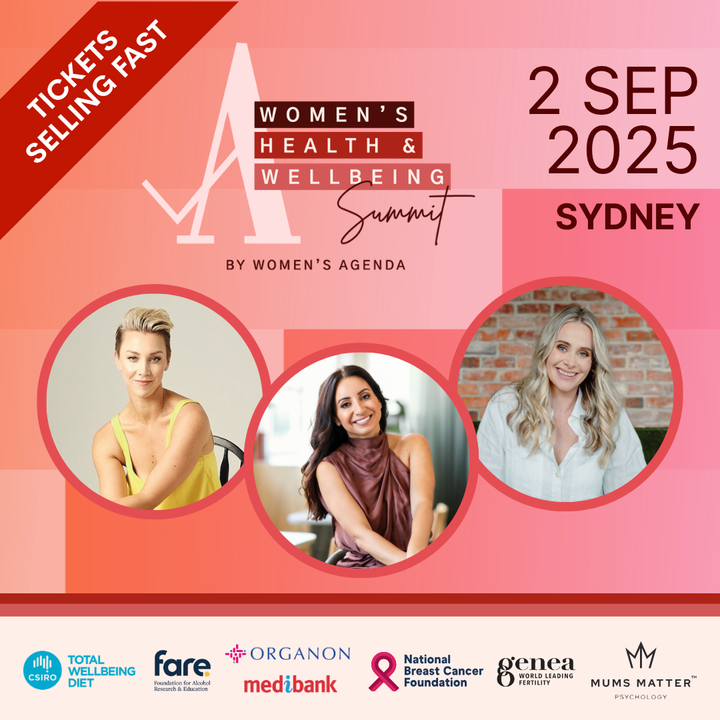People often compare storytelling in journalism to a set of scales. It’s a fair comparison, to an extent. Part of the job as a journalist is ensuring readers, viewers and listeners of media hear the full story – and all sides of it. For many, good journalism is balanced journalism.
Take Sky News, the broadcasting arm of the Murdoch media empire. The TV channel prides itself on “real news”, “honest views” and hearing “all sides of the debate”. On the surface, it sounds like the scales are even at Sky.
But news anchor Peter Stefanovic’s recent interview with 19-year-old Keegan Payne proved that sometimes this perceived standard of balanced reporting can do more harm than good.
On Wednesday, after his million-dollar win at a fishing competition in Katherine, Northern Territory, Payne, a young Indigenous man, was sharing his extraordinary achievement to Sky News viewers before he was humiliated on live TV by Stefanovic. The anchor abruptly shifted the interview from the fishing competition to a years-old allegation that Payne stole two vehicles from his former employer in 2021 – when he was just 15 years old.
Payne was clearly dumbfounded and was forced into a remorseful apology. Suddenly, it was no longer a celebration of his win. It was a public display of exactly how men like Stefanovic perceive young men like Payne: a stereotype.
Sky News issued a statement after the footage went viral, saying the media outlet and Stefanovic had apologised to Payne and his family, with Stefanovic reaching out to the family directly “to convey his apology”.
Most of the country has rallied around Payne and called out Stefanovic for his reprehensible behaviour. But while we should be condemning this choice that Sky News made, it’s important to consider why they might have done so. And it all comes back to this view that mainstream media upholds of telling the full story and balancing perspectives.
Let’s look at the way mainstream media reports on family, domestic and sexual violence. When a woman dies from male violence, the media will start with a report on her death, perhaps directly from a police statement. “Woman found dead, man arrested” might be the headline, for example.
But then they might get a scoop from the family of the alleged perpetrator, who was previously school captain, not to mention a really good footy player. Plus, there are whispers the woman might have broken up with him days before she died.
This is the other side of the story that must be told to explain why she died. Now, the headline reads something like “How model private school student turned into a killer”.
Hearing the other side of the story distracts the reader from the very real epidemic of male violence against women in Australia, which has already stolen the lives of 28 women in Australia this year.
The reader believes they’re getting the full, balanced story, but you only need to look at the headline to realise “balancing” the story completely and quite literally erases the woman.
This example is perhaps helpful to understand why Sky News felt the need to twist such a feel-good news story into a humiliating experience for Payne: a scoop from “the other side of the story” – one with potentially harmful racial stereotypes – is more important than simply celebrating the success of a young man.
It is unhelpful to reduce storytelling in journalism to a set of scales without considering how much different voices weigh. The history of our culture tells us so: a man’s story is believed over a woman’s, a white person’s version of history is retold, while the history of our First Nations peoples is rarely spoken.
Mainstream and legacy media was built on this culture, which is why we cannot expect to hear the full story when such power structures are being perpetuated.
So how do we balance a story in a world that is fundamentally imbalanced?
It has never been more important for Australians to expand their media consumption and look to independent media sources to hear nuanced, feminist and truly balanced storytelling of our history, our culture, our politics and our society.
Hearing the voices of underrepresented people is the only way we can tip the scales and restore balance in our media.


